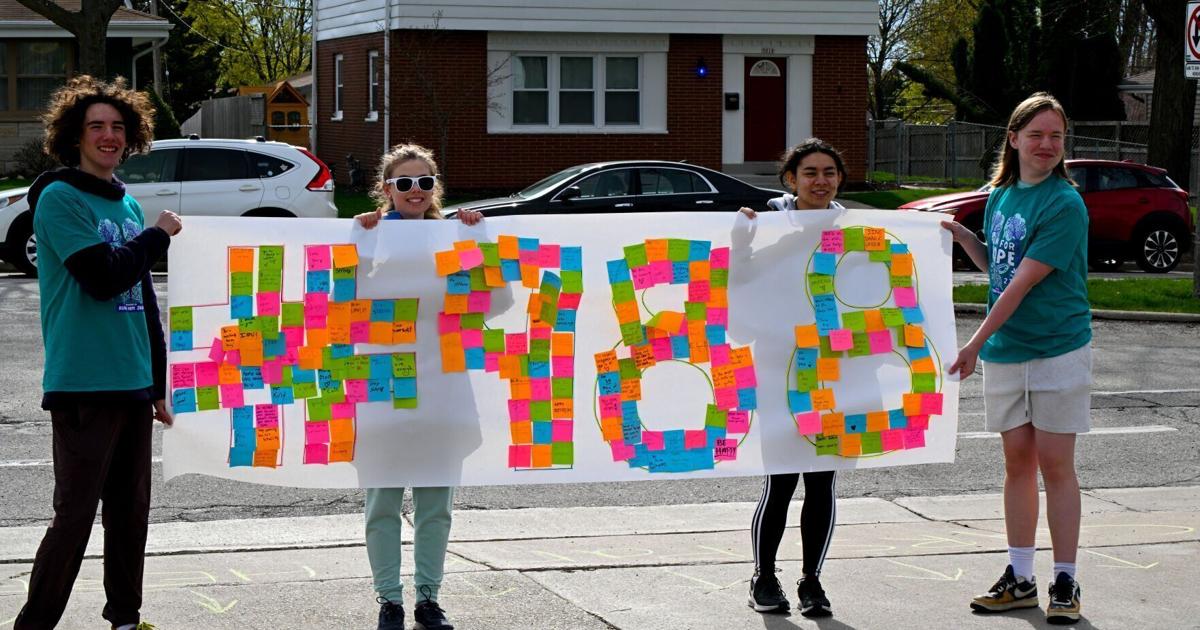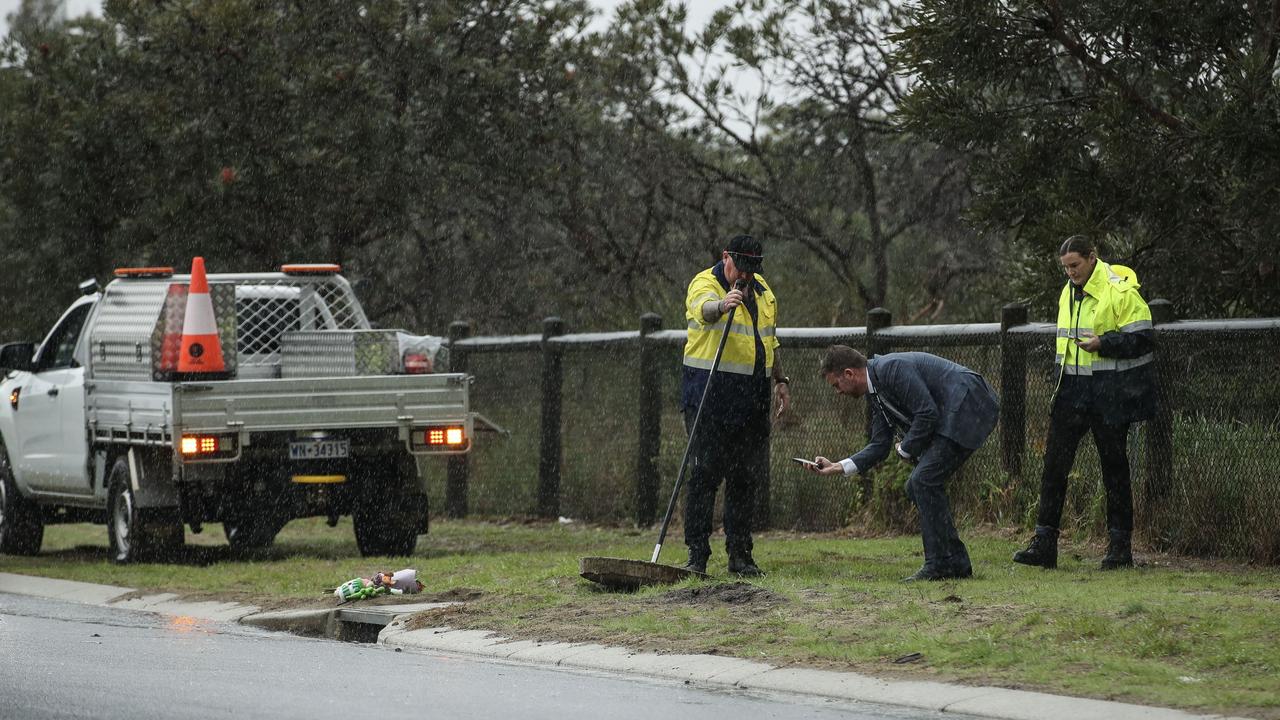
Every September, I join with the National Alliance on Mental Illness to observe Suicide Prevention Month. Each year, millions of people are affected by suicide, yet stigma and misunderstanding often keep these struggles hidden.
Suicide is the 11th leading cause of death among all Americans, and the second leading cause of death among young people 10-24 years old. These statistics are sobering, but they only scratch the surface as behind these facts are devastating ripple effects of grief and loss that touch families, friends, classmates, coworkers and communities left behind.
And each year, more than 376,000 people are treated in emergency rooms nationwide for nonfatal self-inflicted injuries. While these individuals survive the initial crisis, many face lasting consequences — both physical and emotional. Injuries can lead to complications like brain trauma, broken bones and organ damage. And the invisible wounds — ongoing depression, anxiety and emotional distress — often linger long after discharge, affecting recovery and quality of life.
Suicide is frequently associated with a desperate or intense attempt to escape overwhelming suffering. When someone feels consumed by hopelessness, isolation or self-loathing, death can seem like the only way out. Yet many who contemplate suicide are torn — they don’t truly want to die. They long for relief, for another way forward, but in that moment, they simply can’t see one. Identifying those at risk may not always be obvious. Suicide does not discriminate by age, gender or socioeconomic status. And there is no fool-proof checklist. Here are some risk factors:
Post-traumatic stress disorder, depression, despair, emotional pain, anxiety, extreme distress and traumatic brain injury are strongly linked but not necessarily signs of mental illness.
Substance abuse, including alcohol
Family history of mental disorder, schizophrenia, substance abuse or suicide
Family violence, history of traumatic events or abuse
Hostile social, school, work or home environments
Loss of a job, money or relationship
Physical illness, disability, pain
Major life changes or loss of sense of purpose
Incarceration
Exposure to others who have died by suicide — referred to as suicide contagion
Veterans are at increased risk due to a combination of factors including PTSD, traumatic brain injuries, social isolation and easier access to lethal means.
Small, intentional, consistent habits can reshape your health and mindset, which supports helping you to feel better in just a few days.
How to help
Almost everyone who attempts suicide has given some clue or warning. Take them seriously. Never dismiss suicidal thoughts as attention-seeking or dramatic. Listen with empathy and without judgment.
Ask directly. It’s OK — and important — to ask, “Are you thinking about suicide?” Clear, caring questions can open the door to help.
Stay with them. If someone is in immediate danger, don’t leave them alone. Stay present until help arrives.
Know you are there to support, not solve the problem. Here’s what you can do:
Enlist professional help. Let them know they’re not alone. Understand that you can offer support but you cannot take responsibility for making them well. If there are warning signs, seek a mental health professional. Trained professionals can help work through (and improve) overall mental health. In the event of a crisis, call 911, call or text 988, or call the National Suicide Prevention Lifeline at 800-273-8255.
Take an active supporting roll. The person may not have insight or the motivation to get themselves better. Be proactive about connecting them with help.
Call for emergency support if needed. If someone is at immediate risk, call 911, text/call 988 or take them to the nearest emergency room.
Stay committed. The initiation of any treatment is just the beginning. Therapy can take months or even years. It may take different medications to find the one that works. And there may be ups and downs and triggers. If they start demonstrating warning signs for suicide again, don’t ignore it; you may not get a second warning.
Take care of yourself. Witnessing someone dealing with thoughts about ending their life can stir up many difficult emotions. As you’re helping a suicidal person, don’t forget to take care of yourself. Find someone that you trust — a friend, family member, clergyman or counselor — to talk to about your feelings and get support of your own.
Know you’re not alone. You don’t have to have all the answers. Just being there can make a lifesaving difference.
According to scientific research, the benefits of hugging extend far beyond the emotional comfort it can provide.
A major goal of Suicide Prevention Month is to continue talking about mental health and suicide. The more conversation, the more the stigma breaks down and the fewer people suffer in silence. Suicide is preventable if people are getting treated for their mental health concerns.
If you or someone you care about is feeling overwhelmed or thinking about suicide, reach out. Call or text 988 to talk to someone right now. It’s free, confidential and available 24/7. There are people who want to help. Hope is real!
Dr. Nina Radcliff, of Galloway Township, is a physician anesthesiologist, television medical contributor and textbook author. Email questions for Dr. Nina to editor@pressofac.com with “Dr. Nina” in the subject line.
This article is for general information only and should not be used for the diagnosis or treatment of medical conditions and cannot substitute for advice from your medical professional.



